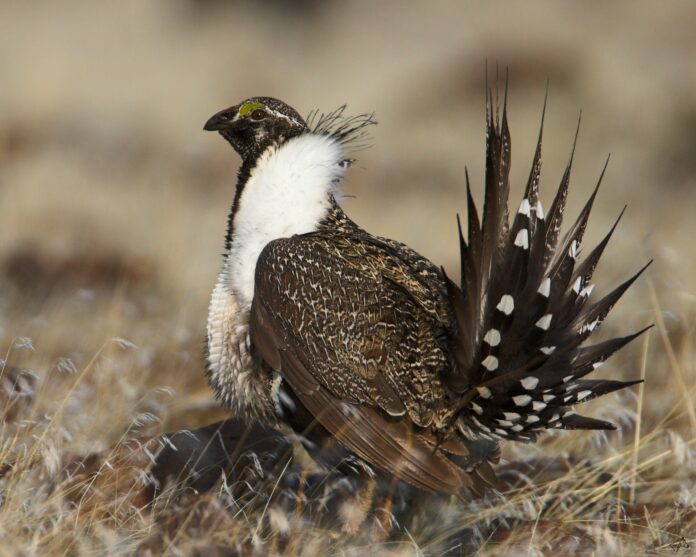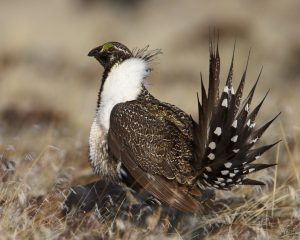
BY HARRY WEEKES

From April through June, a graph of birdsong decibels would follow a bell curve, with the first tentative calls of early spring building gradually before exploding into the cacophony of mid-May, then tapering to the almost nostalgic notes that mark the start of summer.
When the birds return, it is an awakening for everyone. When their songs dissipate, though, we are all in a different mood.
Around here, our attention turns to summer—the end of school, the opening of trails, the return of long, warm days. I find that my emotional mindset hides the disappearance of urgent singing almost enough to make me forget it was ever there. Fortunately, even as the singing diminishes, the birds keep talking to me, or at me. And talking is probably too subtle—yelling might be more accurate.
It is this time of year that I am reminded of just how little birds like me and all of the ways they express it. You see, it’s baby time. For the lucky birds, the songs of spring worked their magic and the fruit of those melodies led to eggs, which led to hatchlings, which led to the powerful genetic tether that now keeps adults tied to one particular area. Mostly, I bumble into these areas just as I bumble into the various alarm calls and the great variety of ways birds say, “Bugger off!”
The house wren, pint-sized and pugnacious, hops around rattling and chattering excitedly.
The American robin seems to puff out its chest and face me directly, with a cluck-clucking that is sharp and distinct.
The violet-green swallow emits worried little peeps, drowned out by the piercing, high-pitched tones of killdeer running around.
The red-winged blackbird’s complex buzzing is combined with swooping attacks, adding direct physical confrontation to the mix.
And on the silent side of the spectrum are the sage grouse, who stand bolt upright 50 yards from my approach, then walk, then speed-walk, then run before exploding into the air, a mass of feathers flapping down the canyon.
The calls are a mixed blessing, of course, because while they let me know to keep moving, they also tell me that I am getting warmer, like a naturalist’s version of the old kid’s game. So, I walk away. And wait. And learn that the robin has a nest in the tree to the right of the front door and the wren has built its nest in a seam in my in-laws’ siding, and the violet-green swallows have wedged themselves into a corner of the eaves at school.
If you get just the right distance away, you learn other things, too—the distinct nature of the birds, how each species comes and goes a little bit differently, and what appears to be a constant conveyor of food from the landscape back to the nest. Moths, butterflies, worms, caterpillars, and a hundred other insects and seeds are moved to waiting mouths, as the flow of energy in and through wild things continues.
It is hard not to be humbled and awed by the constancy of this activity. I stand, get yelled at a little more, and wonder what I would need in order to manage my way through this environment. Because I’m a human, it’s not hard to project my inferiority complex into the scoldings of the birds as they alert each other to another blunderer, which is what I feel like as I shuffle away.
Harry Weekes is the founder and head of school at The Sage School in Hailey. This is his 47th year in the Wood River Valley, where he lives with his wife Hilary and their three kids—Georgia, Penelope and Simon—a nice little flock.


